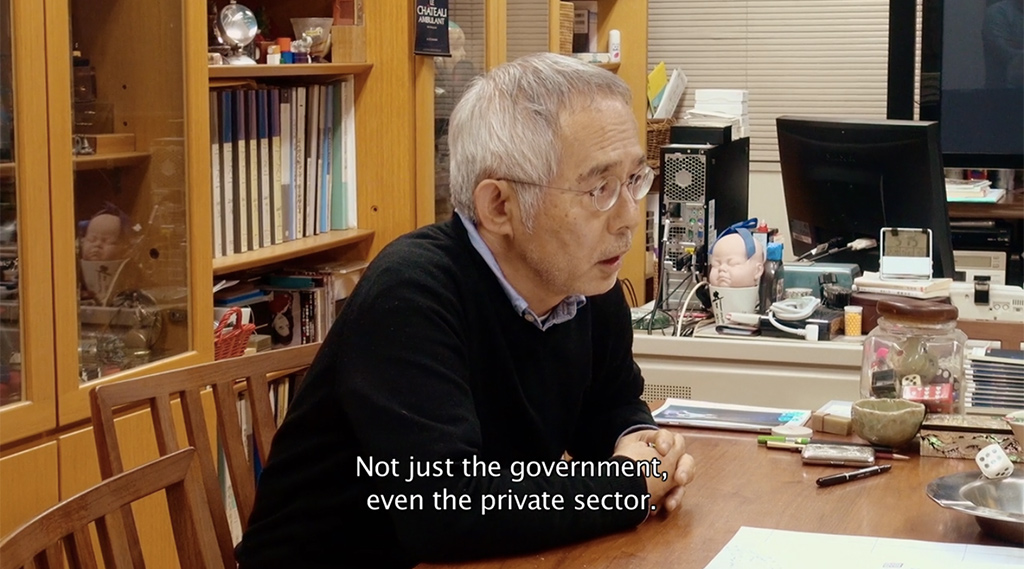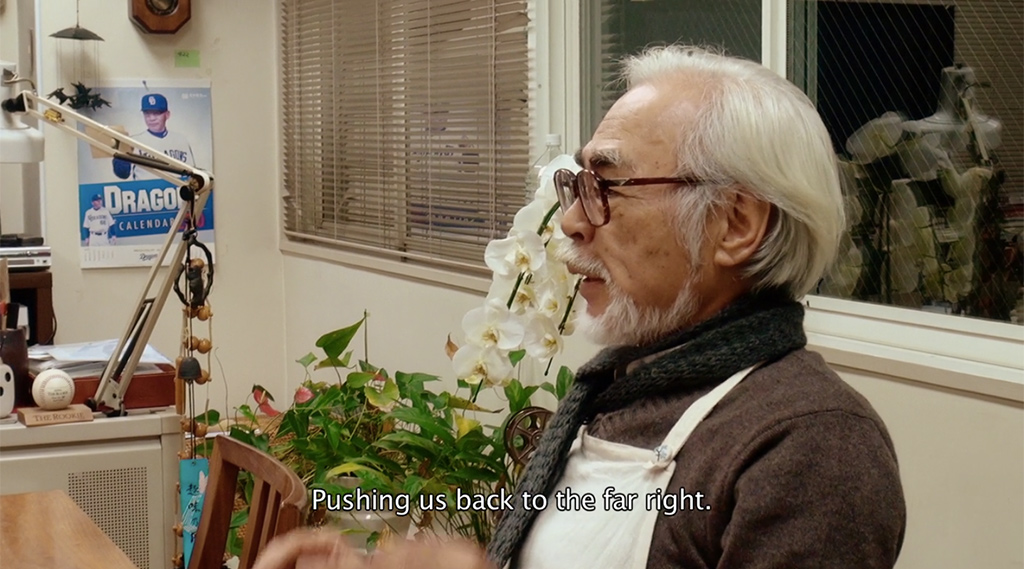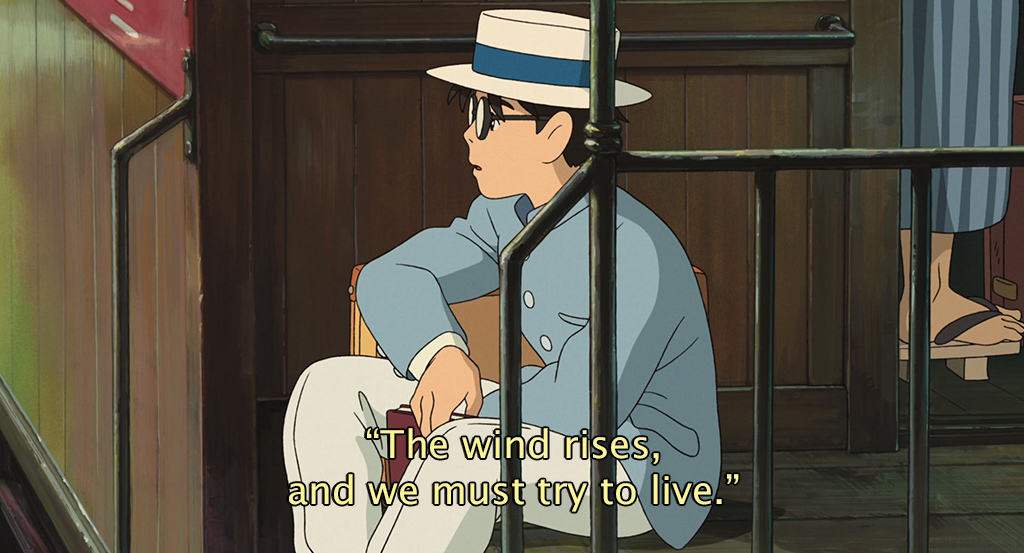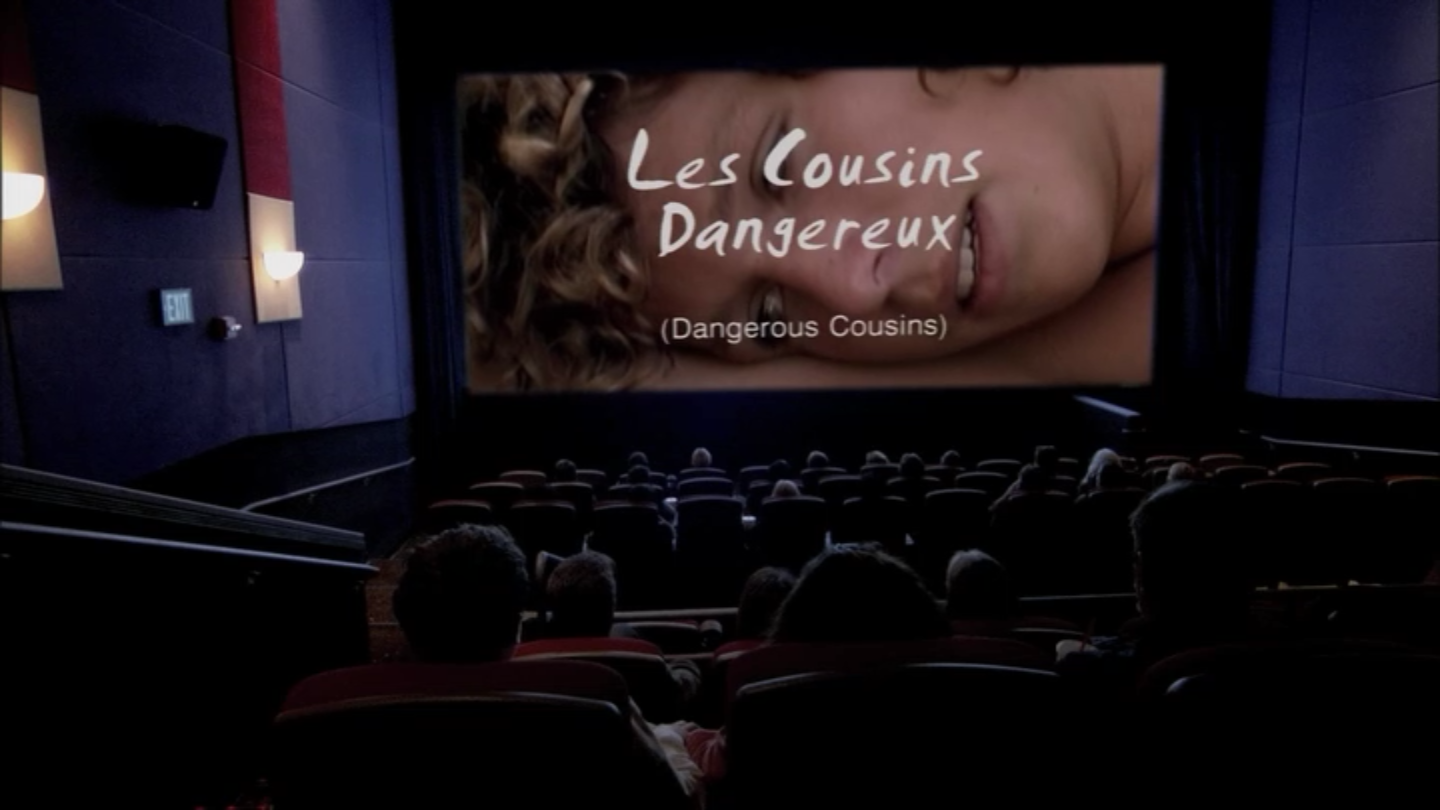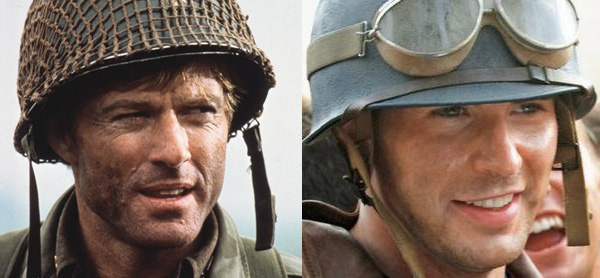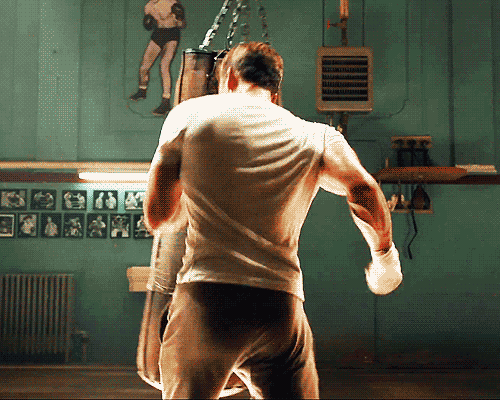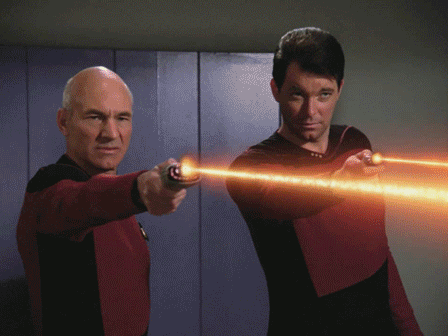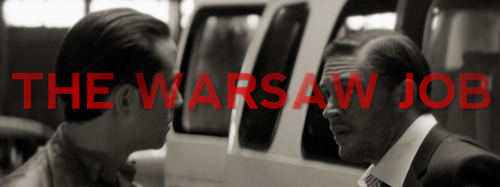If there’s one thing I should have seen staring at me in last month’s roundup, where I raved about Barry Jenkins, Wong Kar-Wai and Jordan Peele, it is that if I want to find work that is exciting and engaging to me and made by people who came out the gate really strong, I cannot rely on movies made by (straight cis) white dudes. This is hardly a new concept, but that does not make it easy to put into practice. I’m still trying.
Also, I regret to say that I didn’t watch any movies I hated this month. Sorry, Last Month Concluding Paragraph Brendan.
- Morvern Callar (2002): When people talk about women not winning the big awards for directing, they are required to mention Lynne Ramsay, and I had never seen a Lynne Ramsay movie until this one. I enjoyed it. Ramsay worked in still photography before becoming a filmmaker, and it shows: she seems to compose things so that pausing on any frame would leave you with something you could hang on a wall. Lots of grain and contrast, shallow depth of field, and a technique with two distinct levels of saturation that echoes the one in Medicine for Melancholy (2008). But Barry Jenkins used his version to catch the heart right out of you, or try to; Lynne Ramsay uses it here to keep you on the outside surface of her pretty enigma.
- The Third Man (1949): I had to watch this if I wanted to keep studying Alexander Mackendrick, because he really loved its plot and structure. It’s a classic and its structure is interesting: all its characters are dynamic, doing the “active in their own narrative” thing that is so fun to notice within all kinds of stories, so the whole movie functions a bit like an orrery. It has cool shots too, and I enjoyed it—I see why it’s a great teaching example. But even as someone who doesn’t know a ton about Orson Welles, it seems clear to me that it wouldn’t exist without him! It’s a satellite, in the well of his gravity not only as a filmmaker but as an actor. He has a middling amount of screen time, but only one speaking scene, and it’s the most memorable element of the movie. He compels. The rumors about him shadow-directing the movie were a myth, but he didn’t have to direct it or even be on set most of the time to shape the whole thing.
-
Get Out (2017): It’s Auteur Month on the Roundup du Filme!! It’s not actually Auteur Month on the Roundup du Filme. My understanding of this movie from its first trailer up until last month was that it would jab directly into the areas that are hardest for me to bear in fiction; I only decided I was brave enough to watch it after I survived Us (2019) without losing my mind. One cool thing I noticed seemed like a twist on a thing I referenced back in January.
In Night of the Living Dead (1968), as required by its chief technical constraint, the scenes of respite and interpersonal conflict are all shot on a tripod; it was the only way to hold the camera while recording sound. When shit goes down with the zombies, the music swells and the camera goes handheld, emphasizing the chaos with the shaking frame. Many, many people have relied on that jitter-means-jittery technique ever since. In Get Out (2017), the opening and all the interpersonal stuff is shot handheld—not shaky, but not steady either. That takes advantage of the other implication of handheld shots, which is intimacy within emotional relationships. It’s only when you’re watching something that foreshadows or explicates the movie’s horrors that you get a smooth dolly or a static frame, and many of those are wide shots from a distance. Instead of chaos up close, you get dread at a helpless remove, which (SPOILERS) ties into the protagonist’s experience. I don’t know if Peele was the first to do that flip, but he does it well.
- A New Leaf (1971): There’s a well-known filmmaker who has made a lot of comedies about himself as a series of similar nebbishy characters. I’ve seen a few of his movies and had never seen any of Elaine May’s. This movie orbits around a nebbishy character, played by its writer-director, so that’s where my mind went as a point of comparison, but it’s a lot more ambitious than that as a formal exercise alone: it’s a romantic comedy trying to squeeze into a Wodehose farce, but it’s set in the 70s, but it’s really about the nakedness of class warfare, to a murderous point. I didn’t realize this was her first feature! The performances she elicited were my favorite part—I’d never seen this side of Walter Matthau, for instance. I did get a sense that something about the plot steered a little away from its really wicked impulses, and I think it turns out that what I really wanted was to see that three-hour director’s cut.
- The Ladykillers (1955): Alexander Mackendrick again. I’d seen the Coens’ remake but not the original, which is a very different movie. I think this one is a bit less mean-spirited, and kind of a light dark comedy. Like A New Leaf (1971)! (They also both do this funny thing with rear-projection insert shots, the CGI backgrounds of 1940-1980.) Technically delightful, just like the other movies of his I’ve seen: it carries and guides your gaze and your sense of tension with assurance through the whole movie. Putting Alec Guinness in goofy dentures and flop-sweat hair is a great move, because it lets him cut loose in a way I’d never seen anywhere else. Having seen him really commit in a role makes Star Wars seem very strange by comparison!
- Raising Arizona (1987): Speaking of the Coens, this is the earliest of their movies I’ve seen. I don’t remember where I read about it as a Looney Tunes homage, but man, it’s not hiding that at all! I enjoyed that aspect, and seeing this phase in their development: it sits well within the bounds of the strict “one freaking time” universe, but because these are cartoon characters, they are more resilient against its consequences than humans. Also, this might be the first Coen movie I’ve seen that doesn’t commit to their signature anticlimax, although it’s been a while since I saw Miller’s Crossing (1990).
- Someone Great (2019): A Netflix trifle. Written and directed by the same person, and I feel like it’s kind of unusual that the directing seemed much stronger than the script? Like, the long takes are understated but very effective, and the fake cross-processed lighting in the flashbacks is a treat. The flashbacks are the best part of the movie, in fact, even though it’s supposed to really be about friendships among women—Lakeith Stanfield and Gina Rodriguez, for whom I have strong parasocial affection, have great chemistry despite some pretty weak lines. This is the kind of movie that names itself after a song, doesn’t understand that song, and doesn’t actually have the song on its soundtrack because it can’t get clearance. But somebody spent a million bucks and tossed it out there anyway. Netflix, everybody!
- The History Boys (2006): Kat’s favorite; I was entranced by it. It’s an adaptation of a stage play featuring its original cast, and it sounds like a stage play featuring its original cast, in that its lines are longer and a little more florid than you expect from a screenplay and also one of the actors playing a high schooler is clearly 28. It won a lot of awards and got made into a movie for a reason, though. This is a very affecting movie about sexuality and about sexual abuse. It treats both of them with equal tenderness, which is… complicated, as moral stances go. But the cast is really stacked with character-actor ringers, and it doesn’t look stagey at all.
- Empire Records (1995): Rewatch for Rex Manning Day. This movie also has a tricky moral stance, advocating as it does for Nice Guys and the primacy of physical music media. It lacks the courage to convict itself and its treatment of its female characters is kind of cringey. But a nineties movie can fail in a lot of ways and still have bits in it that render themselves indelible in one’s mind.
- Avengers: Endgame (2019): My favorite of the Avengers movies so far, even though—like its predecessors and like all popcorn—it was delightful while fresh and then aged quickly as it cooled. I was well served by the fanservice, but Caroline Siede is correct to note that it treats some heroes as more equal than others. That said, the Russos did their best to pay off all the setup I deplored in Infinity War, and a lot of other setup going back a long way, and their reward was that they got to break many of the restrictions that held the previous Avengers movies down.
-
Homecoming (2019): Okay, maybe it is actually Auteur Month on the Roundup du Filme. I’ve seen Beyoncé in concert, on the Formation tour in St. Louis in 2016, and it was a tremendous experience. For someone who does not have a background as a composer, a writer, a designer or a cinematographer to demonstrate her level of specific creative control is interesting; this concert doc is styled “A Film By Beyoncé” and I don’t think it’s just puffery.
The popular discourse goes like this: 1) “you have as many hours in the day as Beyoncé,” 2) “no, Beyoncé’s wealth grants her time via the labor of others.” The thing is, though, even if I had all her resources, I am certain that I would not have her reserves of will. The parts of this movie that document the work of creation leading up to the performance make that clear. She was in a rehearsal space hashing out the initial concepts of the show within two months of giving birth, to twins, and the work of expansion and refinement continued right up to the opening performance, plus the following week until its closing one. I have no illusions that I want to hang out with Beyoncé. But while I do not believe in the divine right of royalty, sometimes I understand why people did.
